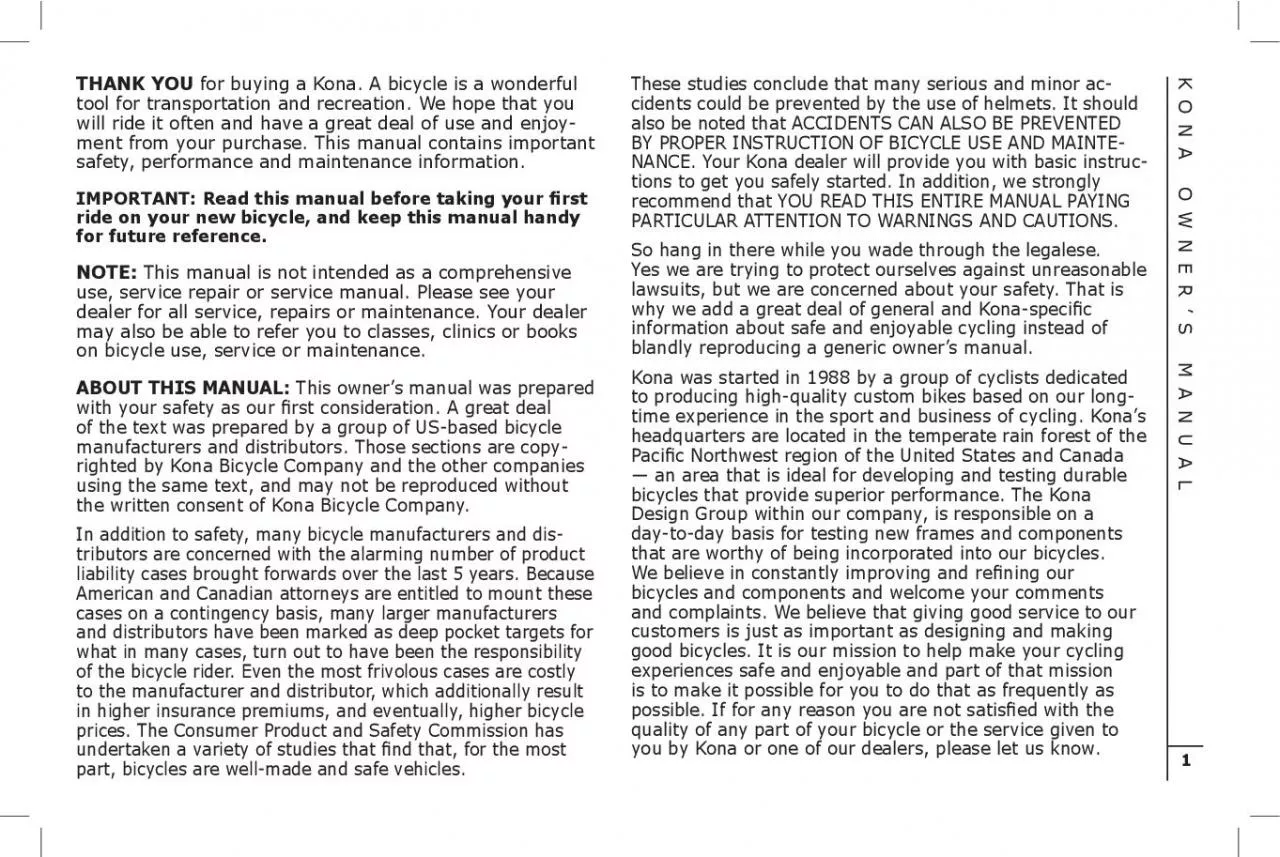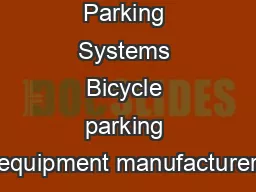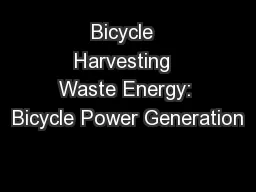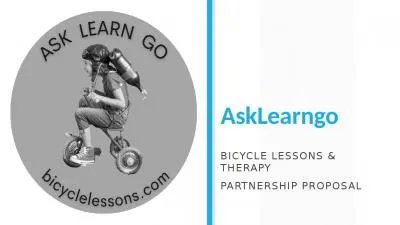PDF-for buying a Kona. A bicycle is a wonderful tool for transportation an
Author : unisoftsm | Published Date : 2020-11-18
KONA OWNER146S MANUAL Like any sport bicycling involves risk of injury and damage By choosing to ride a bicycle you assume the responsibility for that risk so you
Presentation Embed Code
Download Presentation
Download Presentation The PPT/PDF document "for buying a Kona. A bicycle is a wonder..." is the property of its rightful owner. Permission is granted to download and print the materials on this website for personal, non-commercial use only, and to display it on your personal computer provided you do not modify the materials and that you retain all copyright notices contained in the materials. By downloading content from our website, you accept the terms of this agreement.
for buying a Kona. A bicycle is a wonderful tool for transportation an: Transcript
Download Rules Of Document
"for buying a Kona. A bicycle is a wonderful tool for transportation an"The content belongs to its owner. You may download and print it for personal use, without modification, and keep all copyright notices. By downloading, you agree to these terms.
Related Documents














